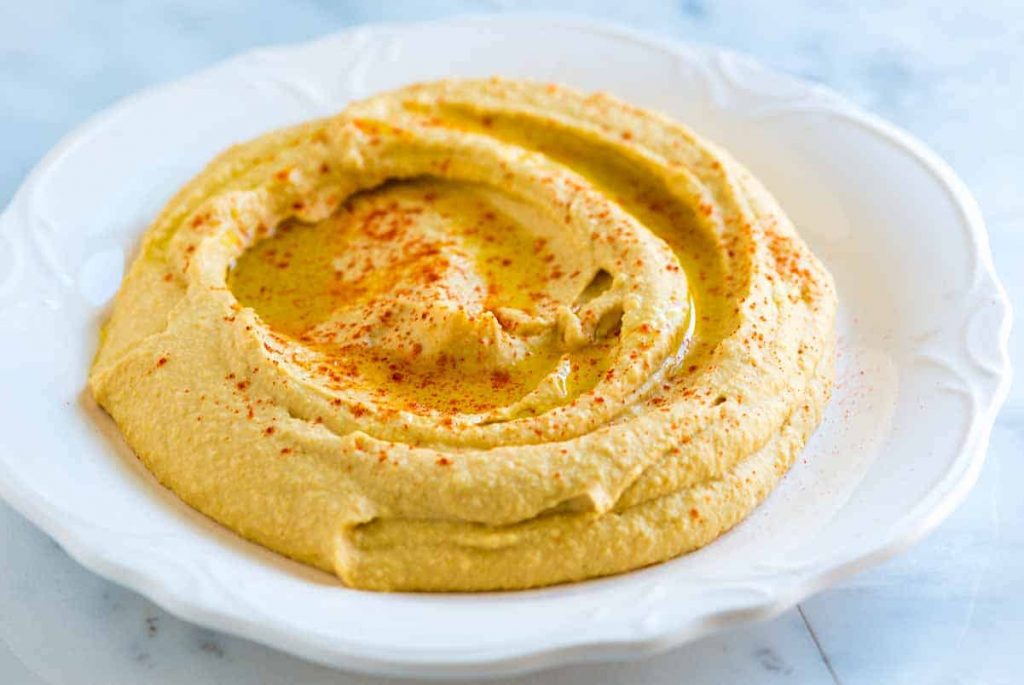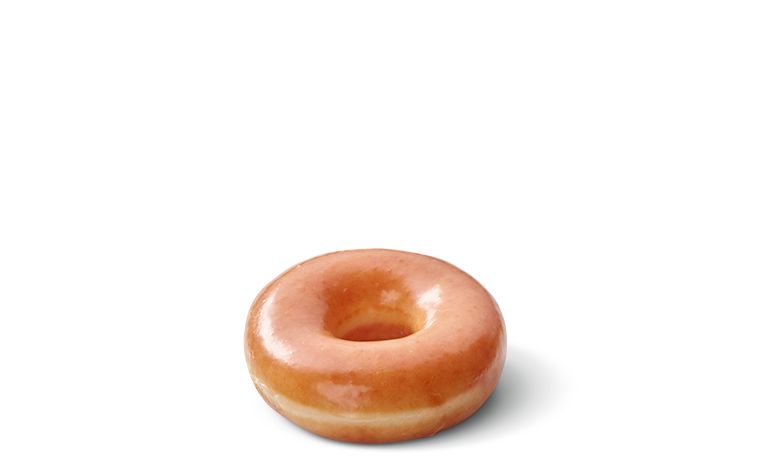Key Points:
- Foods containing high levels of NAD+ boosters include poultry, fish, legumes, and grains.
- Eating excess sugars and fats may lower NAD+ levels.
- Supplementation may be beneficial when it comes to the anti-aging benefits of NAD+.
From bacteria to humans, NAD+ (nicotinamide adenine dinucleotide) is essential for life. As such, not having enough NAD+ may promote organ and tissue degeneration, chronic disease, and death. For these reasons, some may wonder how to maintain sufficient NAD+ levels and if there are foods that can help with doing so.
However, when ingested, NAD+ does not effectively increase NAD+ levels, and there is debate over whether NAD+ can move into cells despite the identification of an NAD+ transporter. Either way, aside from invasive intravenous (IV) injections, the best way to increase NAD+ levels is by consuming NAD+ precursors.
NAD+ precursors are naturally occurring molecules converted into NAD+ inside cells. The five NAD+ precursors found in food are:
- Tryptophan
- Nicotinic acid (NA), also known as niacin
- Nicotinamide (NAM), also known as niacinamide
- Nicotinamide riboside (NR)
- Nicotinamide mononucleotide (NMN)
Foods Containing NAD+ Precursors
In general, there are not high levels of NMN or NR in foods, but relatively high levels of vitamin B3 (NA and NAM) and/or tryptophan can be found in beef, poultry, pork, fish, milk, grains, and legumes. The following are studies showing the concentrations of NAD+ precursors in various foods.
Researchers from the University of Washington in Missouri measured the concentration of NMN from 100 grams (about 3.5 ounces) of various foods. By measuring the same food from different sources, they found that the concentration of NMN varied, which is listed here:
- Edamame: 0.47-1.88 mg
- Broccoli: 0.25-1.12 mg
- Cucumber seed: 0.56 mg
- Cucumber peel: 0.65 mg
- Cabbage: 0.0-0.90 mg
- Avocado: 0.26-0.30 mg
- Tomato: 0.26-0.30 mg
- Mushroom: 0.0-1.01 mg
- Beef (raw): 0.06-0.42 mg
- Shrimp: 0.22 mg
Researchers from the University of Iowa found that commercially available cow’s milk contains on average 5.3 µM NAM and 3.1 µM NR while organic cow’s milk contains on average 5.6 µM NAM and 1.9 µM NR. Thus, per 3.5 ounces, conventional cow’s milk contains, on average, approximately 0.05 mg of NR and 0.07 mg of NAM.

A researcher from Istanbul Sabahattin Zaim University in Turkey measured the concentrations of NA and NAM in various foods. The highest levels of NA and NAM were in meat and the highest levels of NA were in grains. Legumes, such as lentils and chickpeas, also have high levels of NA. The following are the concentrations of NA and/or NAM in foods, per 100 grams, with the highest levels measured:
- Veal: 3.03 mg NA and 6.65 mg NAM
- Chicken breast: 3.74 mg NA and 5.44 mg NAM
- Turkey thigh: 3.60 mg NA and 5.57 mg NAM
- Wheat: 6.67 mg NA
- Wheat bread: 5.48 mg NA
- Rye: 4.168 mg NA
- Barely: 4.52 mg NA
- Green lentil: 4.13 mg NA
- Red lentil: 2.20 mg NA and 0.478 mg NAM
- Chickpea: 1.68 mg NA and 1.41 mg NAM
Foods high in NA also include beef liver, marinara sauce, salmon, tuna, pork, brown rice, and peanuts. Since NA/niacin is an essential vitamin (vitamin B3), the niacin levels of searchable foods can be found on the U.S. Department of Agriculture’s (USDA’s) website. Notably, NAM, another form of vitamin B3, is used interchangeably with NA/niacin.
Unlike the three forms of vitamin B3 (NA, NAM, NR) and NMN, tryptophan is an amino acid. As such, it is found most abundantly in foods containing high levels of protein. Researchers from the University of Texas Health Science Center at San Antonio measured the L-tryptophan concentrations of various foods. They found the highest concentration in tuna. The following are the concentrations of L-tryptophan in select foods, per 3.5 ounces:
- Turkey (light meat): 89.71 mg
- Chicken (dark meat): 56.02 mg
- Whole milk: 80.08 mg
- Oatmeal: 64.47 mg
- Canned tuna: 1,652.00 mg
- Cheddar cheese: 318.50 mg
The contribution of tryptophan to vitamin B3 (NA and NAM) is estimated with the following conversion: 60 mg of tryptophan = 1 mg of vitamin B3.
Eating Enough and Not Too Much
The recommended dietary allowance (RDA) for vitamin B3 is 16 mg/day for men and 14 mg/day for women. This dose can be met with 3.5 ounces of tuna, 6 ounces of chicken breast, 14 ounces of green lentils, or about 11 slices of wheat bread. With this in mind, it may not be difficult to meet the RDA for vitamin B3, especially when consuming animal-based foods like fish and poultry. With a plant-based diet, a higher volume of foods like legumes and grains need to be consumed.

However, when it comes to maintaining NAD+ levels, eating excess calories may play a critical role. Animal studies suggest that high-fat and high-sugar diets cause energy overload, leading to reduced NAD+ levels. When we eat food, our mitochondria use it to make cellular energy — ATP. Excess ATP leads to lower NAD+ and higher reactive oxygen species (ROS) levels. Excess ROS levels trigger oxidative stress, a major driver of cellular aging.
Our cells will use more ATP if we partake in physical activity, thus alleviating the cellular consequences of consuming large portions of food, particularly sugars. However, if ATP production remains high due to continuous consumption of excess calories and/or a lack of physical activity, NAD+ levels will remain low. A good indicator of consuming too many calories is having excess body fat, which is stored energy.
NAD+ Precursor Supplements
When it comes to longevity (how long we live) and healthspan (how long we live in good health), a higher dose of NAD+ precursors may be needed, as NAD+ levels tend to decline with age. Therapeutic doses of NAD+ precursors are in the hundreds of milligrams, anywhere from 200 mg to 2,000 mg, necessitating supplementation. However, it is unclear whether supplementing with NAD+ precursors is beneficial to individuals who do not have low NAD+ levels. The likelihood of having low NAD+ levels depends on several factors, including age. Individuals over the age of 32, those who are overweight or obese, and those who suffer from addiction, anxiety, or depression may benefit from supplementing with NAD+ precursors.